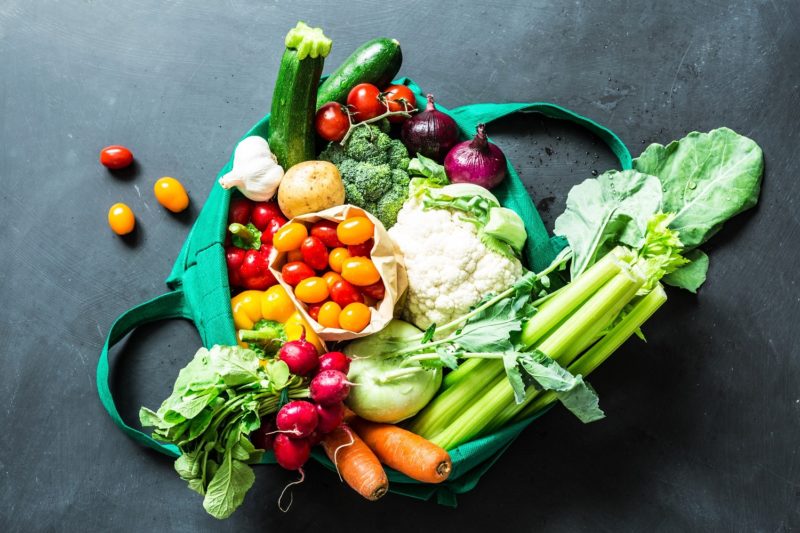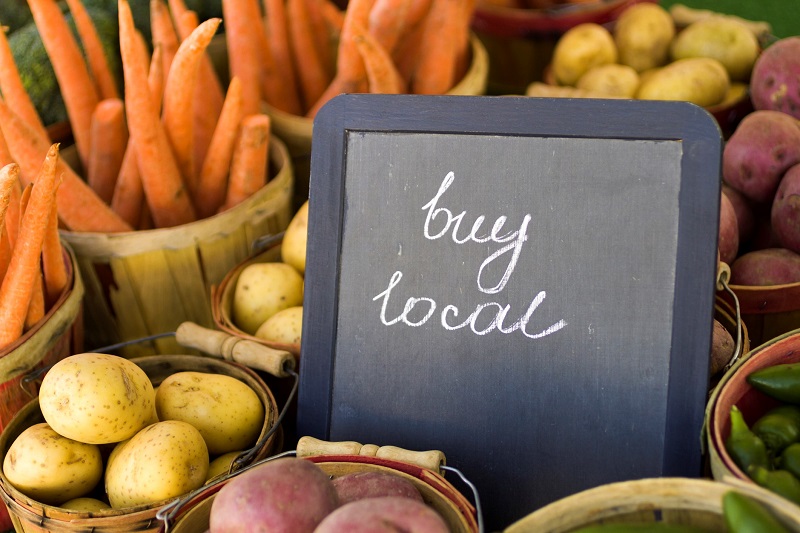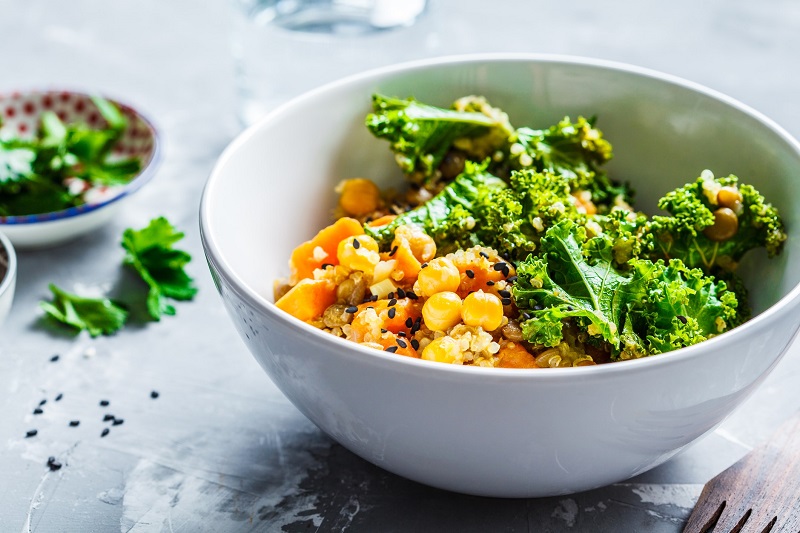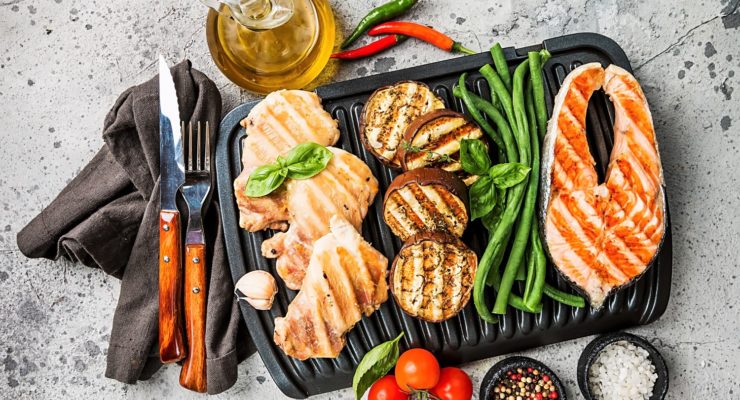Balance Your Grocery Bill: Cost-Saving Tips Among Rising Food Prices
Article posted in: Lifestyle Experts’ Corner
We all feel the pinch when it comes to food prices these days. According to a recent Harris Poll survey (covered by CNBC), 90% of Americans are concerned about rising food costs.
“Groceries have become the No. 1 concern for Americans,” says Harris Poll manager, Abbey Lunney in response to the survey.
The most recent Consumer Price Index showed an 8.6% increase in all consumer prices, compared to a year ago. A further breakdown of this data reveals rising costs for both “food at home” and “food away from home” by 12% and 7.5%, respectively, in the past year.
One thing’s for sure- we’re all looking for ways to ease the burden of rising costs of goods, especially for life’s essentials, like groceries.
Keep reading for a registered dietitian’s top money-saving food shopping tips.
Seasonal Produce

When farmers have an abundance of a crop, the law of supply and demand comes into play – which leads to lower prices for consumers. So, by shopping for what’s naturally in-season near you (often referred to as “local produce”), you’ll reap the benefits of more reasonably priced produce.
Seasonal produce is typically cheaper, fresher, and more nutrient-rich (higher in vitamins and minerals). These fruits and veggies don’t have to travel as far from their [local] farms to your grocery store or farmer’s market. When buying produce that is not locally in-season (i.e., buying watermelon in the winter), it must travel longer distances to reach your produce aisle. This not only drives up the price, but can also negatively impact taste, texture, and quality.
To find out what’s currently in season, check out this Seasonal Produce Guide from the USDA. For more region-specific produce season info, check out the Farmer’s Almanac website.
Pro Tip: You can’t get more local than your backyard! Consider planting some low-maintenance plants, like herbs or veggies… if you have the space. Start off with 1-2 plants and gradually expand as your confidence (and green thumb) grows!
Meatless Mondays (or Any Other Day)

The price of meat has been at an all-time high. In fact, pork and beef costs are up between 14% and 20% from last year!
One way to combat these rising prices is by having at least one meat-free meal per week. This doesn’t mean you need to go completely vegetarian or vegan. Rather, view it as a challenge to occasionally use plant-based proteins (i.e., beans or tofu) in place of animal protein (meat).
Products like tofu, tempeh, seitan, and lentils are delicious and versatile plant-based proteins that can be used in a variety of recipes.
If you need some inspiration for meatless meals, check this post: Plant-Based Power! 23 Easy Vegetarian Meals from Nutrisystem.
Not to mention, eating a diet rich in plant-based foods (e.g., fruits, veggies, whole grains and legumes) has been linked to a plethora of health benefits, including a reduced risk for heart disease, obesity, and certain types of cancer.
Pro Tip: When you find meat available at a reasonable price, buy in bulk and freeze for later use. If you’re feeling adventurous, you may even consider buying whole cuts of meat (to then, breakdown and freeze in smaller portions yourself). With either of these approaches you’ll not only save money, but you’ll also have the flexibility to cook only as much meat as you need for each meal.
Compare & Price-Match

Prices for the same product can vary widely from one store to the next. It pays to comparison shop!
To make it easy, you can use a grocery price comparison app, like Basket or Flipp. These apps allow you to search for specific items and compare prices at different stores near you.
You may find that the store with the lowest overall prices isn’t always the best deal on everything. For example, one store might have a lower price on meat, but a higher price on produce. Another store might be just the opposite. By using shopping-comparison apps, you can quickly and easily see which store has the best prices on the items you need.
Not only that, but most grocery stores will match their competitors’ pricing if it’s lower. They want to keep your business and earn your loyalty, so they are usually willing to give you the same deal as another store in the area.
To take advantage of this, simply bring in a printed copy of the competitor’s ad (or show it to customer service on your phone). Stores are not guaranteed to match prices, but they often will honor this request. It doesn’t hurt to try!
Pro Tip: When comparison shopping, also take note of store loyalty programs and coupons. You may find that you can get an even better deal by combining these savings!
Bottom Line
As inflation continues to rise, it’s more important than ever to be mindful of your spending – particularly when it comes to groceries. By following the above tips, you can save big on your grocery bill without sacrificing taste or quality. So, don’t be discouraged the next time you step foot in the supermarket. Armed with a little knowledge, you can beat inflation and come out on top!
Looking for more? Check out our 10 Cost-Saving Tips for Budget-Friendly Meals post.







